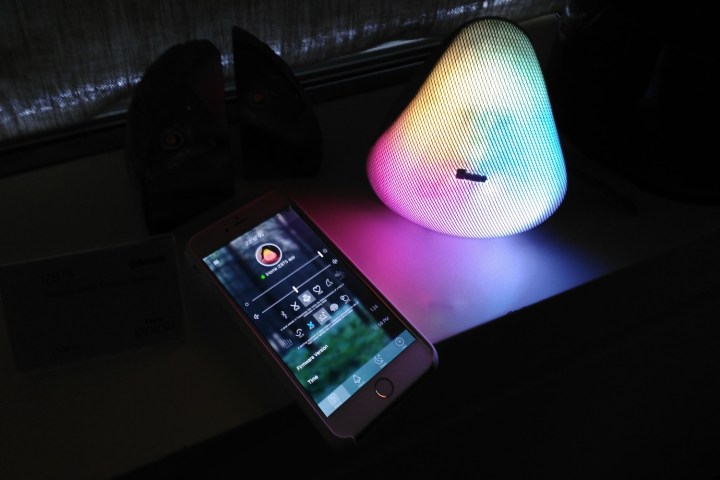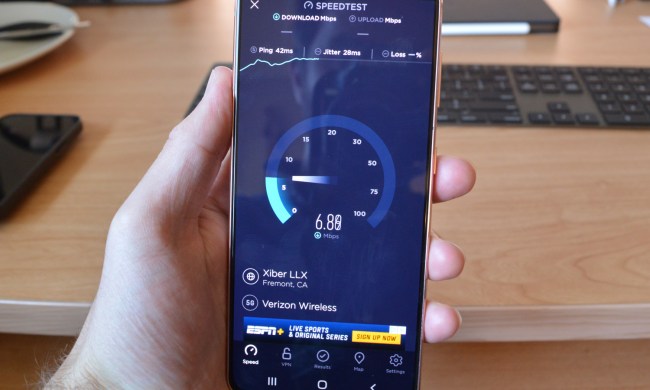
Two products helm iHome’s new brand: the iZBT10, a plug-in bedside alarm clock that will retail for $100 when it goes on sale later this year; and the iZBT5, the former’s smaller, portable, $70 battery-powered cousin. The clocks’ headliner is a mesmerizing array of color-changing LEDs meant to influence your circadian clock, a roughly 24-hour psychological pendulum between wakefulness and restfulness.
Colors higher in temperature — that is, reds, oranges, and yellows — prompt lethargy by encouraging the production of the sleep-inducing hormone melatonin, while colder colors — i.e., blues and greens — encourage alertness. The Zenergy clocks shift between the two spectrums at preprogrammed times, and features a special Zen mode which “reflects the Delta brainwaves of a mind in meditation or healing sleep” with shifting color gradients.

Fine-tuning the lighting is a rather simple affair. It’s done mostly through iHome’s new Zenergy app for iOS, a mobile software companion that contains a brightness adjustment slider and preset lighting patterns like Home, Pulse, Ocean, and Storm. There’s a slider for pumping up or down the clocks’ built-in speakers, too, and an option to synchronize tthe built-in lights to the beat of Bluetooth-streamed tunes.
When the apps aren’t in use as phone-connected sleep aids, they’re capable of performing just about all the functions you’d expect of a modern-day alarm clock. Both sport a triangular panel of physical buttons that set and snooze alarms, pause nad play music, and switch on and off the units, and both contain FM tuners for terrestrial radio listening. The only perceptible difference between the two, in fact, is the audio experience — thanks to a larger speaker, the iZBT10 delivers slightly more powerful sound. But that’s a trade-off: The iZBT5 is a lot lighter and more compact. Ultimately, the one you choose will depend on your intended use case.
Both units go on sale in October, iHome said.


